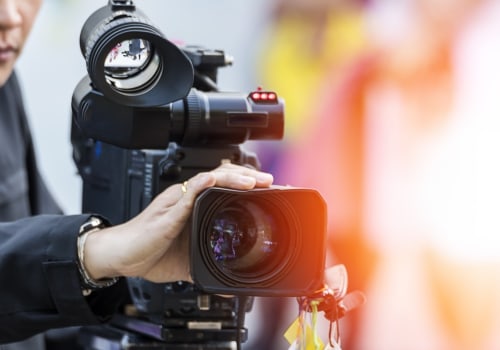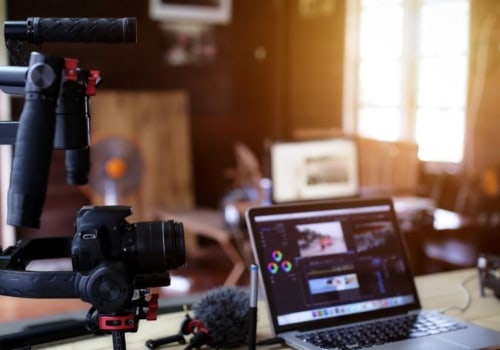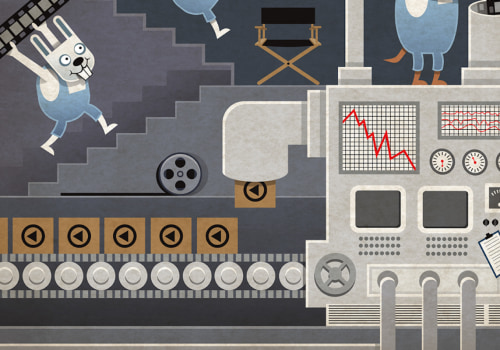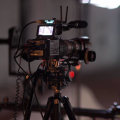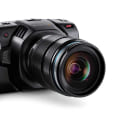Producing a high-quality video requires more than just a good story. You need the right equipment to ensure that your video looks and sounds great. To get the best results, consider buying a kit that includes a camera body and a variety of lenses. Used or refurbished items from trusted stores can also be a great way to save money.
The last stage of video production is the editing stage. This is where the raw digital images you record are cut, arranged and manipulated to create the desired effect. Editing is both an art and a skill, and having a great editor who understands storytelling and cinematography can be invaluable. If you don't have an editor yet, learning how to use editing software and understanding the editing process can be incredibly beneficial. Before you start shooting, it's important to plan out your production.
A good starting point is to create a storyboard template that outlines the scenes you want to shoot. This exercise helps with programming locations and actors, planning lighting and camera angles, packing the right equipment and accessories, and ensuring that you get all the photos you need for the final edit. You can also share the storyboard and shooting schedule with your client so they can give feedback and avoid any last-minute problems on the day of shooting. When it comes to hardware, having a high-quality camera is essential for producing videos with high production value. If you can't afford a professional video camera, then a DSLR can work.
Your video won't have the same production value as a commercial video, but DSLRs are much cheaper and easier to handle. We also suggest carrying a lightweight camera or mobile phone with good video capacity so that you can document the session. These types of behind-the-scenes images are great for social media marketing and for recording your work for future clients. Audio quality is just as important as video quality when it comes to producing high-quality videos. Don't rely on your camera's internal microphone, even if you have a high-end professional video camera.
Investing in external audio equipment will make your videos sound much better. For maximum versatility and longevity, it's worth investing in a robust carbon tripod if you're shooting with a digital SLR camera. Choose a lightweight, extensible model that can work as a portable stabilizer. For videos that include more movement and transitions, adding a gimbal to your kit will allow you to perform truly fluid and controlled movements. When it comes to storage, you'll need an external hard drive with plenty of space for your video files. We recommend aiming for at least 500 GB of space, but 1 TB is even better given the high quality of current videos and their large file sizes. Lighting equipment can range from simple and low-fidelity to incredibly technical and expensive.
It really depends on the location, natural light, style of the video, and budget. However, there are some items that are affordable, portable, and always useful - such as light reflectors - which can turn a dull scene into one that looks professional. For free editing software, iMovie (for Mac) or Movie Maker (for Windows) are both good starting points if you haven't edited videos before. If you're more experienced or want more advanced editing capabilities, then purchasing editing software may be worth considering.
